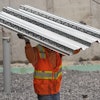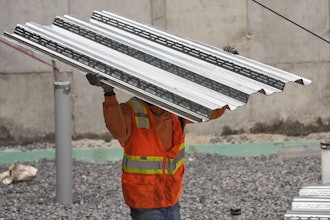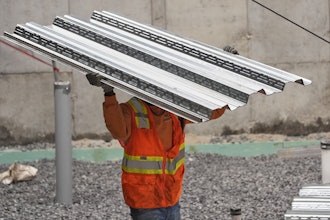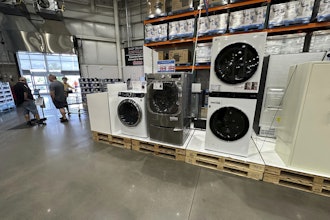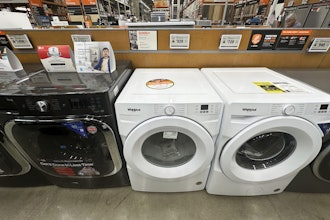For the eighth consecutive year, construction industry executives say they feel optimistic about the year ahead for their business sector, according to the 43rd Wells Fargo Construction Industry Forecast. The 2019 forecast reveals sustained confidence for the industry and expectations that expansion is more likely than contraction. The results are a tempered decrease from 2018 record-high optimism.
Conducted by Wells Fargo Equipment Finance in late 2018, the survey tallied opinions of industry contractors, manufacturers, and equipment distributors to determine the National Optimism Quotient (OQ)—a key indicator of whether or not local, nonresidential construction is likely to increase or decrease in the coming year. The 2019 OQ remains in strongly optimistic territory at 122. Although optimism declined slightly from 133 in 2018, most executives maintain an encouraging outlook on industry expansion and 2019 net profits.
OQ scores above 100 represent strong optimism for increased local construction activity relative to the perceived level of activity the prior year. Scores between 75 and 99 denote more cautious or measured optimism. A score below 75 signals a more pessimistic point of view, where fewer executives say local construction activity will increase than say it will decrease.
“Even if this year’s activity remains the same as last year, many see it as a positive for the industry due to significant growth over many years,” says John Crum, Construction Group national sales manager for Wells Fargo Equipment Finance. “If 2019 turns out the way survey respondents indicate, we could be in for another good year.”
To weigh future business decisions, Crum urges business owners to consider the full-report details and also read respondents’ verbatim comments about the industry printed throughout the report.
In addition to determining the OQ, the 2019 survey posed questions about equipment sales and purchase expectations, rental market trends, and major concerns and challenges that industry participants identified as relevant to their businesses.
Top learnings for 2019 from the Construction Industry Forecast include:
- New equipment levels expected to be maintained or increased
Ninety-six percent of contractor respondents plan to purchase new or used equipment in the coming year. Of those, 76 percent intend to maintain or increase their purchases of new equipment compared to 2018. Three-fourths of contractors say they will increase or maintain their level of purchasing used equipment, and nearly 13 percent don’t plan to purchase used equipment at all.
- Contractors intend to maintain or increase rental equipment levels
Ninety-two percent of contractor respondents intend to maintain or increase their level of rental activity. Forty-six percent of equipment renters identify flexibility as the primary reason — far above other reasons for renting identified in the results, including renting costs.
- Finding qualified workers remains a concern
Ability to hire qualified workers is the No. 1 concern among survey respondents in two categories: Forty-seven percent of contractor respondents cited hiring qualified workers as their top cost concern; 36 percent of all respondents pegged it as the leading risk to the industry. Executives ranked qualified workers above the impact of healthcare costs, employee wages and benefits, tariffs, interest rates, and equipment.
Although there are outlier years, data over time shows that the OQ tracks closely with four economic indices that are significant to the construction industry outlook:
- Architectural Billings Index
- Private Construction Index
- Industrial Production Index
- Public Nonresidential Construction Index.
The 2019 Construction Industry Forecast results represent the 43rd year in which Wells Fargo Equipment Finance has surveyed construction industry executives to gather insight into current business conditions and trends and to measure sentiment about activity in the year ahead. Responses came from 441 construction industry executives in 48 U.S. states. Nearly all of the respondents reported that they have been in the industry five years or more. To learn more, download the complete report.



